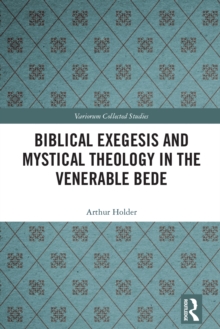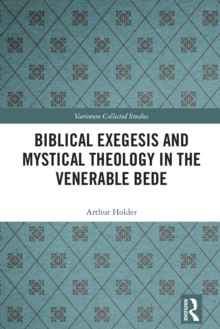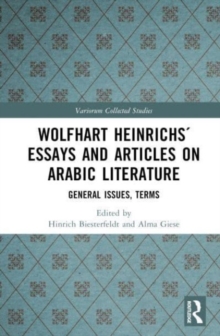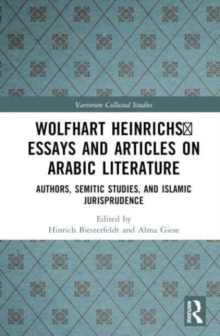
Rural and Urban Aspects of Early Medieval Northwest Europe Hardback
by Adriaan Verhulst
Part of the Variorum Collected Studies series
Hardback
Description
The articles here concern the period from the end of the Roman Empire up to the 10th-11th centuries and the lands between the Loire and the Rhine, most particularly the Low Countries. Rural history forms the subject of the first studies, which focus on the large ’classical’ estates of the Carolingian period. Adriaan Verhulst has argued convincingly that these were medieval creations, not any inheritance from Late Antiquity, and emphasizes their regional differences. The following section, on urban history, consists of three studies on the origins and early development of the key Flemish cities of Ghent, Bruges and Antwerp (this last now in English), and three broader-ranging essays which seriously challenge Pirenne’s long accepted views of town origins. In these the author makes full use of contemporary archaeological research to supplement the scanty written sources and to examine the possibilities of (dis)continuity from Roman times through the early Middle Ages. Cette série d’articles concerne la période allant de la fin de l’Empire romain jusqu’aux 10 et 11e siècles et le territoires situés entre la Loire et le Rhin, avec un attachement plus particulier aux pays bas. Les premières études, qui se concentrent sur les grands domaines ’classiques’ de l’époque carolingienne, ont pour sujet l’histoire rurale. Adriaan Verhulst a soutenu de façon convaincante qu’il s’agissait là de créations médiévales, plutôt que d’un héritage provenu de l’Antiquité tardive, et il en souligne les différences régionales. La section suivante, qui traite de l’histoire urbaine, consiste en trois études sur les origines et le développement des cités flamandes de Gand, Bruges et Anvers, et en trois essais moins spécifiques, qui remettent sérieusement en question les opinions de Pirenne - acceptées de longue date - sur les origines de la ville. Au travers de ces dernières, l’auteur se sert pleinement de la recherche arché
Information
-
Out of stock
- Format:Hardback
- Pages:352 pages
- Publisher:Taylor & Francis Ltd
- Publication Date:17/12/1992
- Category:
- ISBN:9780860783442
Information
-
Out of stock
- Format:Hardback
- Pages:352 pages
- Publisher:Taylor & Francis Ltd
- Publication Date:17/12/1992
- Category:
- ISBN:9780860783442










